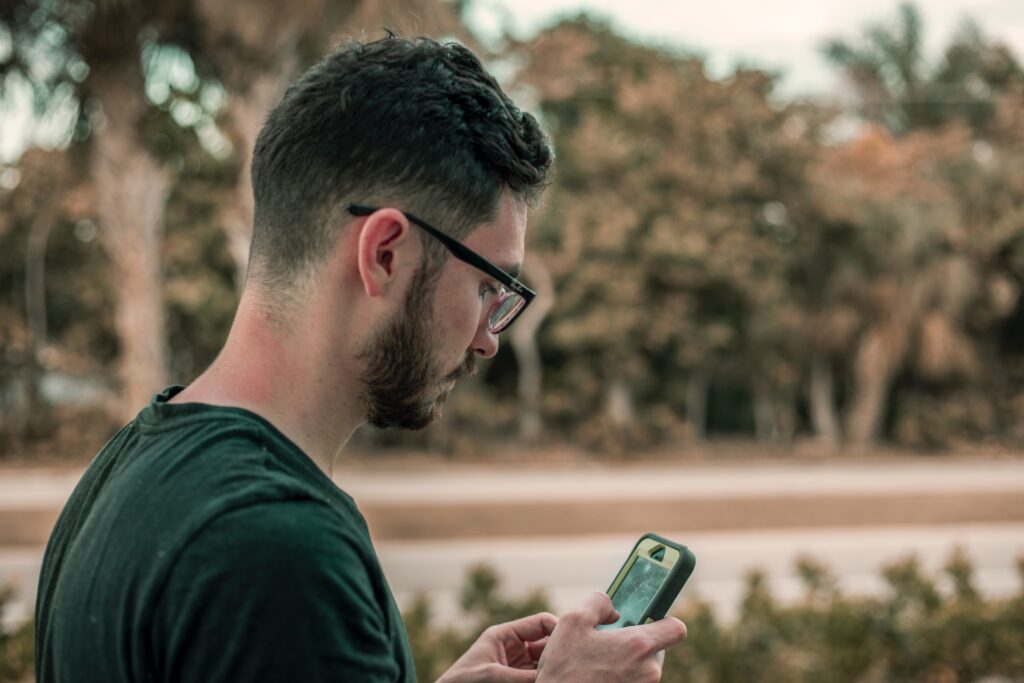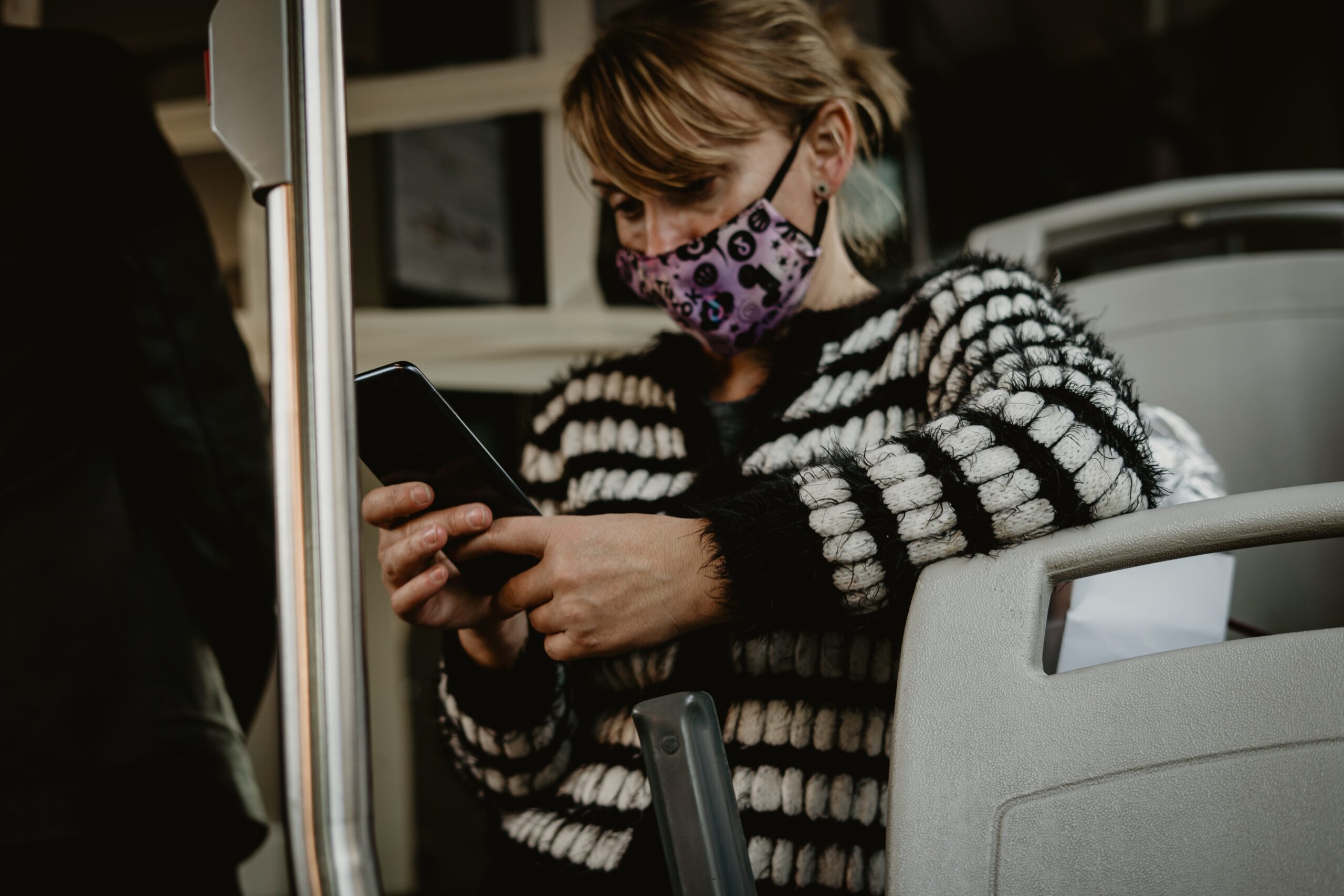“As soon as you get your first loan, you are trapped unless you know you’ll have the three-hundred extra dollars in the next two weeks,” said Sandra Harris, as reported by the Center for Responsible Lending. Once a student at Head Start and now a well-known and respected member of her community, Sandra worked earnestly to maintain payment on her bills. But like millions in America who find themselves in the same situation for any number of reasons, she turned to the easy get: a payday lender.
After a number of roll-over debt traps, Sandra’s initial loan was due in full. She couldn’t possibly pay it off, so she took out another loan from a second lender. Desperately attempting to manage her bills like spinning plates, Sandra eventually realized she was spinning not only two, but SIX plates – six payday loans – simultaneously. Paying over $600 a month in fees – none of which was applied to her debt – Sandra was evicted from her apartment and her car was repossessed.
As millions of Americans just like Sandra believe they have to do, they opt to wade outside the traditional banking system and unwittingly turn to the payday lending industry that shafts hardworking people out of the money they have left to the tune of $46 billion each and every year. Sandra turned to outlets that took her home and her car away from her on the way to $600 PER MONTH in fees.
With a national average annual percentage rate (APR) of almost 400 percent, there is no way Sandra or millions of other consumers can pay off their personal loans by their next payday or required time period. Those debt traps, which, let’s be honest, are the only actual business model these predatory lending outlets base their income, have taken the very possessions away from consumers that can help them get out of the financial distress they’re experiencing.
For people like Sandra who need emergency funds quickly, predatory payday lenders have been the only “known” game in thousands of towns across America for the last three decades, and certainly the most visible. Since the first payday lending outfit, they have become omnipresent in the United States, with an estimated 13,700 storefronts in 2018, with many in low-income and Black communities. Although some states, including the District of Columbia, have robust interest rate caps on predatory payday lending, nearly two-thirds of states remain uncapped, some of whom surpass 600 percent including Texas’ 664 percent.
In the wake of the COVID-19 pandemic (now the Omicron variant) and the inequalities it inflamed, there has grown a restored focus on behalf of the credit union movement for the necessity of checking predatory payday lenders by offering better, more equitable financial services and small dollar lending programs to lower-income and underserved communities who have had great difficulty accessing such financially stabilizing assets.
Washington, D.C., with the assistance of both public and private entities, have been injecting funds into Community Development Financial Institutions (CDFI), a specific class of credit union who endeavors to bring financial services specifically to low-income areas and consumers in rural, urban, and Native American communities – regions throughout America in which bigger financial institutions had excluded or outright abandoned. Such a transformative infusion of capital has amounted to billions of dollars’ worth of investment on behalf of those communities.

Do you know the benefits being a CDFI would bring to your members?
In possibly the most extraordinary development, the Consolidated Appropriations Act of 2021, formatted to offer economic relief during the COVID pandemic, included $3 billion expressly for the CDFI Fund, which in turn provides financial relief funds to CDFIs and Minority Deposit Institutions (MDIs). The $3 billion provided for the CDFI Fund equaled the total amount the Fund had received since its inception in 1994.
Inspired by the prior year’s public awakening on race, CDFIs and MDIs – who represent predominantly minorities and include minority leadership within – have finally caught the attention of some of America’s top financial and technology companies. Many of them, while appreciative, may have considered such civic and philanthropic contributions long overdue. For example, among tech companies like Twitter, Google, and PayPal, philanthropist MacKenzie Scott went public with her contribution of more than $4 billion to 384 different organizations, paying particular focus on those financial institutions devoted to communities with “low access to philanthropic capital.” Thirty-two of those financial institutions were CDFIs.
This increase of funding can only help CDFIs elevate their mission by reaching more credit union members and incoming consumers, who can then realize and invest in the life-changing financial benefits and mentorship CDFIs, and by direct extension credit unions, can offer. “We’re focused on positioning [CDFIs] to take these new resources and grow, to better serve their customers and to build wealth in their communities,” says Betty J. Rudolph, the national director of minority and community development banking at the Financial Depository Insurance Corporation.
QCash would enjoy working with any credit union who has in their mind and heart the motivation to offer small dollar lending to improve their communities’ access to fast and affordable funds when and where they need it.To access a FREE demo of our SaaS-based, mobile life event lending platform, go to our website and click the View Demo link.






